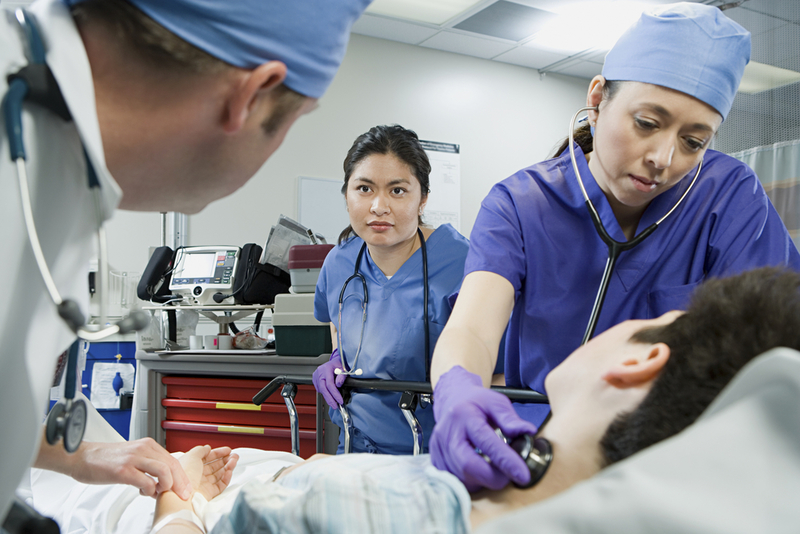New approach could jumpstart breathing after spinal cord injury
Newswise Oct 12, 2018

A research team at the Krembil Research Institute in Toronto has developed an innovative strategy that could help to restore breathing following traumatic spinal cord injury.
The team, led by principal investigator Dr. Michael Fehlings—a neurosurgeon/neuroscientist, specialist in spinal cord injury, and senior scientist at UHN—published its findings today in the journal Nature in a paper titled “Cervical excitatory neurons sustain breathing after spinal cord injury.”
Using pre-clinical models, the team employed a novel strategy to target a dormant group of neurons located in the cervical area of the spinal cord. When stimulated, this latent population of cells called interneurons was activated and were able to restore breathing following injury.
“The big takeaway here is the identification of this novel neural circuit,” said Dr. Fehlings, a professor in the Department of Surgery at the University of Toronto. “What we found is if we activate this population of neurons, using pharmacogenetics we can rescue breathing.”
Dysfunctional breathing is a major cause of death or disease for people following traumatic spinal cord injury. Many of the 86,000 Canadians who live with a spinal cord injury require a tracheostomy or long-term use of an assistive ventilation device.
“The biggest implication of this work is that one day we may be able to flip a switch and improve the breathing of people living with these injuries.”
Dr. Kajana Satkunendrarajah, a research associate, and Dr. Spyridon Karadimas, a recently graduated PhD student and current neurosurgery resident, are co-first authors of this Nature paper. Additional contributors include former PhD student and current postdoctoral fellow Alex Laliberte of Krembil’s Fehlings Lab and collaborator Gaspard Montandon, a respiratory physiologist at St. Michael’s Hospital in Toronto.
“We think this discovery has big implications for neuroscience in general, as it demonstrates an important role for this neuronal population in the complex respiratory neural network,” said Dr. Satkunendrarajah.
“These interneurons are not required for breathing under normal conditions. However, they become vital to the neural respiratory system when it is under challenge,” added Dr. Karadimas.
Next steps for the team include studying the use of the regenerative properties of stem cells to target areas of the spinal cord with a goal of bringing scientists closer to clinical translation of these findings.
The researchers are also interested in identifying other neural circuits in the cervical spinal cord that could be activated, with the potential for reviving motor function. Areas of particular interest include restoration of hand and arm function.
—Newswise
-
Exclusive Write-ups & Webinars by KOLs
-
Daily Quiz by specialty
-
Paid Market Research Surveys
-
Case discussions, News & Journals' summaries